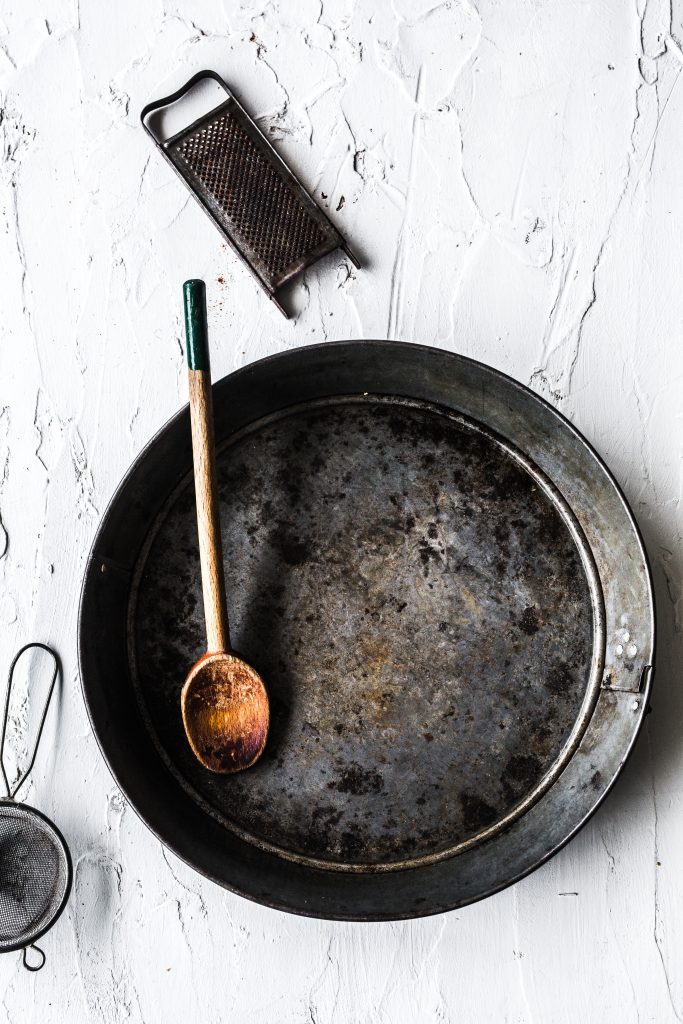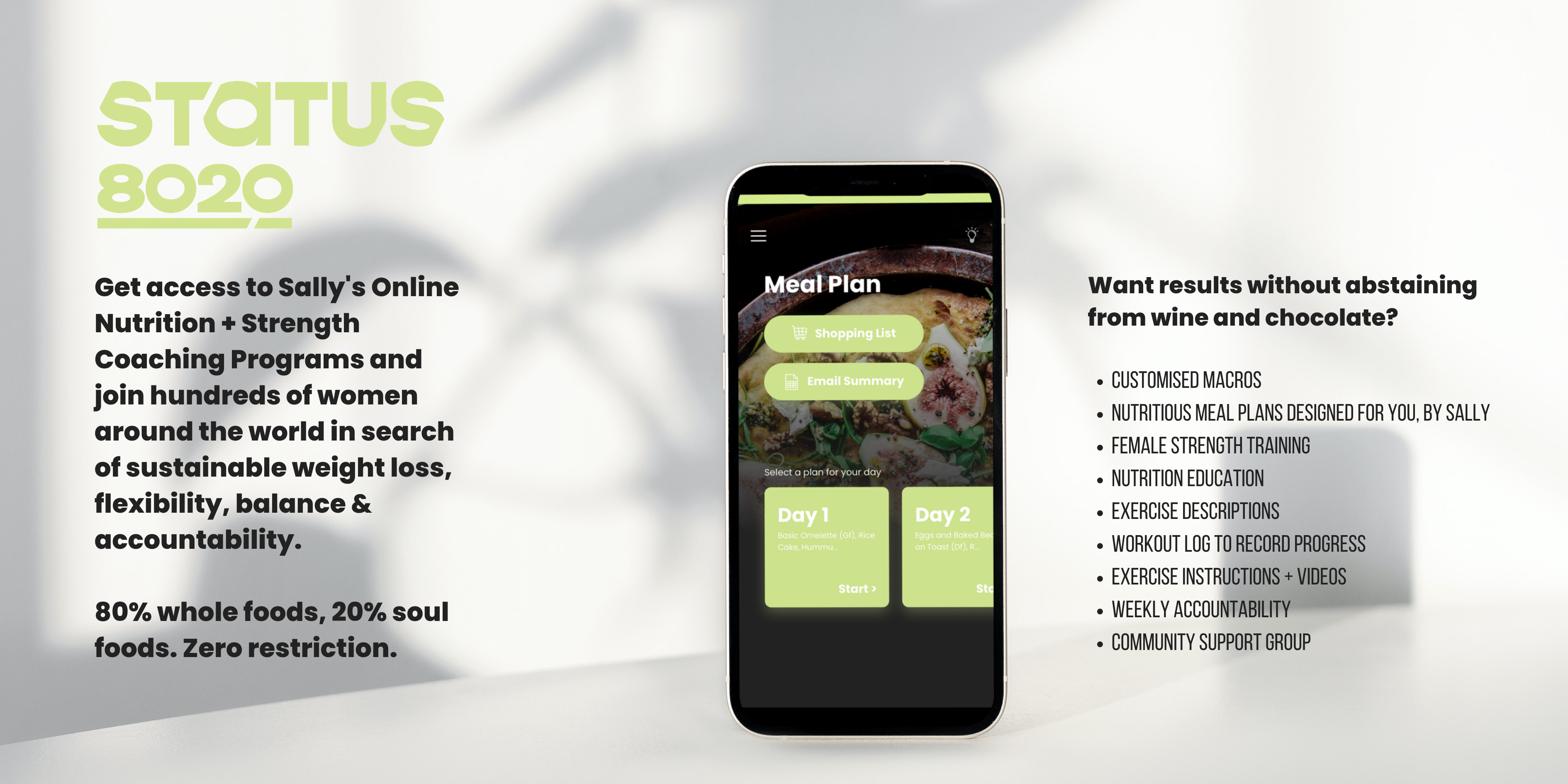Between food blogs, '

Want to get going? I’ve partnered with Ted’s Cameras where I get a lot of my gear, to share our top food photography tips. Lucky you.
How to choose a camera for food photography
A good camera is behind every successful food blog (and phot
When you’re comparing cameras to use for food photography, look for these features:
- A tilting LCD screen
This will make it easier to compose those trickier shots from different angles.
- A high-quality lens
Like all photographers, food bloggers often switch out their lenses to suit different scenes and situations. There are a few lenses you might want to invest in:
A prime lens: (MY GO-TO FOR MOST SHOOTS) has a single focal length (which means it doesn’t zoom
A macro lens: (my second go-to for smaller food, such as muffins or protein balls) Brilliant for capturing the intricate details of food. Let’s say you’re snapping a plate of pasta with a 50mm prime lens (as above). Someone using a 100mm macro lens shooting the same dish would need to be TWICE the distance from the food to get the same shot. NOT ideal for overhead shots (unless you want to shoot from your roof!), but gives even more beautiful 'compression' than the 50mm prime.
A zoom lens: versatile and handy when you’re travelling for shoots to avoid carrying lots of lenses! If you buy a zoom lens, choose one with a wide aperture (like f1.8). This will help you to capture sharp photos that emphasise the subject of your photos - the delicious plate of food! It’s also great for snapping overhead shots when you can’t physically stand above the table - just zoom out!
3 of the best cameras for food photography
Whether you’re a newbie or a pro at food photography, these are the best cameras for each skill level:
For the Hobbyist: Canon EOS 200D MKII with a Canon EF 50mm f1.4 lens
The Canon EOS 200D MKII is the brand’s smallest DSLR, and it’s our top budget-friendly pick. It’s incredibly easy to use, thanks to the clear button layout, 3-inch tiltable LCD screen, and WiFi and Bluetooth connectivity. The camera features a large 24.1MP CMOS sensor and a 5 frames per second shooting rate, which makes for stunning,crisp photos.
Our favourite lens to use with this camera is the Canon EF 50mm f1.4 lens. A popular everyday zoom lens, it has a versatile range and a bright f1.4 aperture that helps to create that beautiful background blur.
For the Semi-Pro: Fujifilm X-E3 with the Fujifilm 16-55mm F2.8 lens
The Fujifilm X-E3 is a compact camera with a handy touchscreen. You can tweak your exposure, shutter speed and ISO with a tap of the screen, and make the most of features like built-in WiFi and Bluetooth and 4K video. The camera’s 24MP APS-C sensor produces clear, detailed images, while the 3-inch touch LCD screen speeds up the composing process.
The Fujifilm 16-55mm f2.8 lens is the perfect pair. It’s designed for portraits and still lifes - which is why we love it for food photography. The zoom lens has a fixed f2.8 aperture and a diverse focal range of 16mm to 55mm.
For the Pro: Canon EOS 5D Mark IV with the Canon EF 24-70mm 2.8 lens
If you’re ready to take your food photography to the next level, the Canon EOS 5D Mark IV will help you to get there. The full-frame mirrorless camera features speedy 7 frames per seconds of continuous shooting and a 61-point AF system to capture your food as clearly as possible. It also has a 30.4MP CMOS sensor, built-in WiFi (so you can send straight to your phone!), and 4K video capability.
As for the lens, we like the Canon EF 24-70mm 2.8 zoom lens. It works well in all lighting conditions, and it’s dust- and moisture-sealed, which is perfect for travelling.
Other useful accessories for food photography
To complete your kit, this is the gear you’ll need:
- A tripod - This will keep your hands free so you can focus on styling your shots and capturing blur-free photos.
- Spare memory cards- You never know where a shoot will take you. If you end up taking more photos than you expected, you’ll be grateful for that spare memory card.
- Spare batteries - There’s nothing worse than running out of juice mid-shoot. Prepare for longer shoots by carrying a few spare batteries.
- Reflector- Whether you’re working with natural or artificial light, a reflector will reduce shadows and make sure the light falls in the right place.
- Editing software- When you’re done shooting, tweak, brighten and colour-correct your photos in a program like Adobe’s Lightroom CC classic.
- LED lighting kit - One for the semi-pros and pros, a portable LED light can help you to diffuse light for that dreamy, softly lit finish.
Our tips for launching your own food blog
Between creating, cooking and capturing recipes, blogging can be time-consuming. To help your blog stand out, follow these tips.
- Carve out a niche - What are you passionate about? Maybe it’s a certain cuisine, or maybe it’s a style of eating, like healthy eating, desserts, or food for kids. By narrowing your focus, you’ll foster loyalty and inspire your audience to cook the way you do. Bonus points if you can find a gap in the market!
- Create your brand - Every blogger has a personality - decide what you want yours to be. This is what will encourage readers to return to your blog again and again. For example, you could post visual, step-by-step recipes, or make every dish more meaningful with a story.
- Stay on top of the trends - Research, research and research some more! This will not only pay off in search results, but it will also reassure your readers that you know the industry you’re in.
- Style your photos carefully - Think about the food photos that leave your mouth watering, and use similar techniques. One of the easiest ways to make your photos more appealing is by adding layers of texture. Let’s say you’re photographing pancakes. A mismatched stack of pancakes, with maple syrup bubbling up and dripping down the sides and tons of colourful, chopped fruit on top is going to make a viewer want to bookmark your blog.
Finally, engage with your audience. Ask them what they want to see and answer their questions, and this will encourage them to get into the kitchen!
For more insider photography tips from the experts, check out Ted’s Cameras blog right here.
This article is proudly sponsored Ted's Camera's. All opinions are my own, baby, and not influenced in any way. Thank you for supporting the sponsors who make The Fit Foodie Blog possible.

